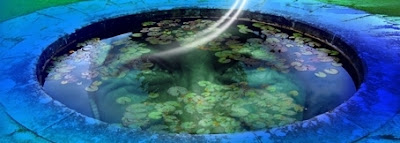"A Legendary Myth or a Legendary Woman?"
~ Susan Larison Danz, creator of MotherShipton.com
Mother Shipton is quite regularly described as “legendary”, and while that designation is accurate, using it without further analysis skirts around the most pivotal question: Did Mother Shipton ever exist at all?
A legendary figure can be real or imaginary.
In an attempt to once again reawaken this blog, which is taking its time in reawakening, this post is the first in a series that will step through the Frequently Asked Questions (FAQs) on the MotherShipton.com website, the partner site of this blog (as MotherShipton.com was previously ShiptonProphecy.com before the namesake site miraculously fell into my hands). The MotherShipton.com History page, more detailed than the FAQs or what can be conveyed in this post*, begins with this question: “A Legendary Myth or a Legendary Woman?”.
An award-winning professor and researcher who is unfortunately rarely mentioned in most explorations of Mother Shipton is Dr. Arnold Kellett (1926-2009). Dr. Kellett often wrote about the area where Mother Shipton was said to have lived, as this was his home. He invested many years and significant effort in locating evidence of her existence. His explorations were successful, as he did indeed surface evidence persuasively pointing in the direction that she was real. This evidence had very little to do with the mythological stories repeatedly told about her.
I had hoped to communicate with Dr. Kellett while he was still living, but he passed away before I had a chance. It is a privilege to recognize him on MotherShipton.com, the site bearing her name.
* Even with the detailed information it already provides, the MotherShipton.com History page has much more expanding to do.






